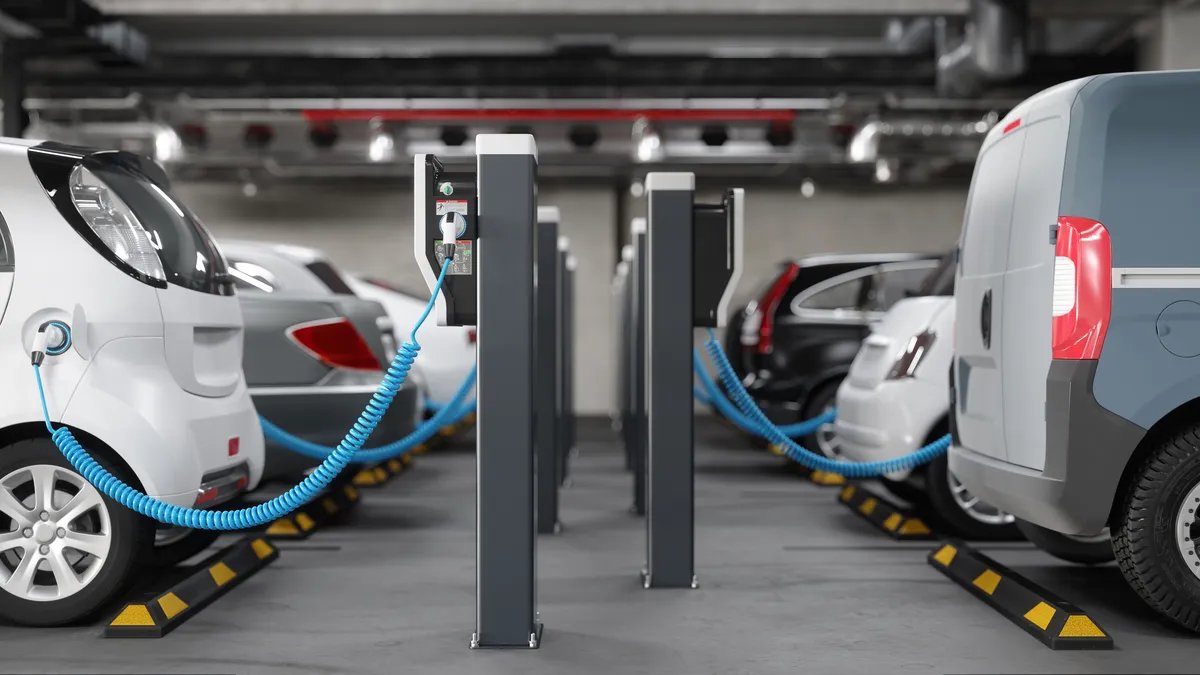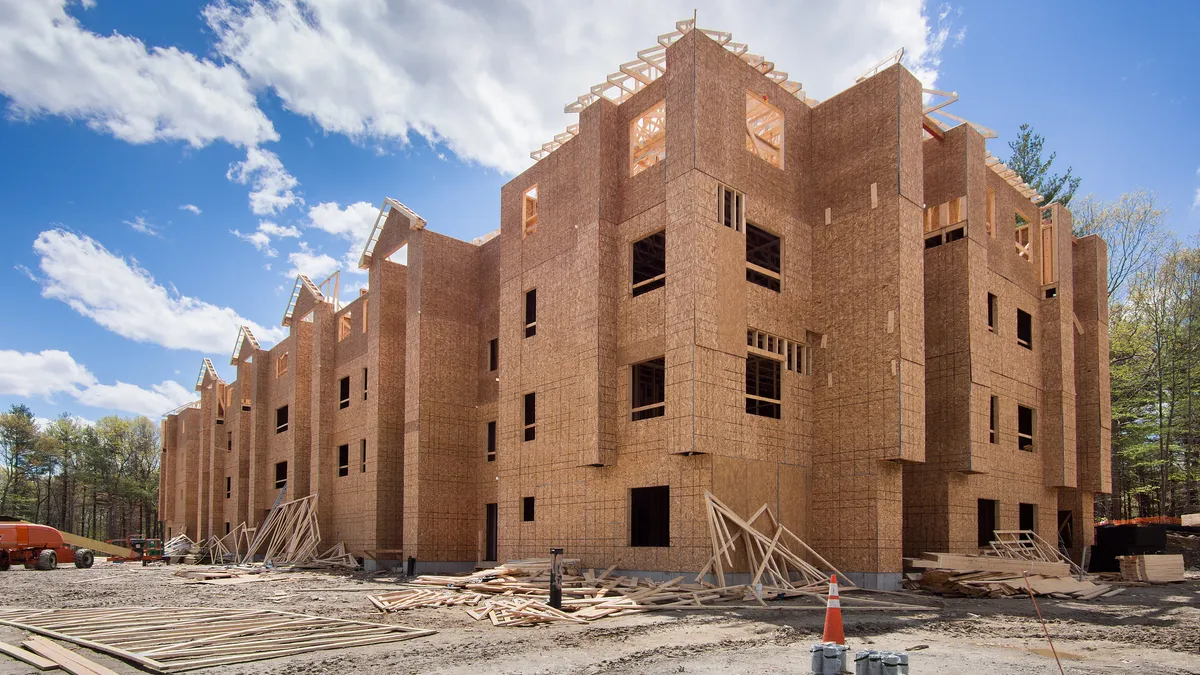Former Tesla electrical design engineer Nicholas Johnson is CEO of Redwood City, California-based Orange Charger.
Opinions are the author’s own.
In the current evolving real estate landscape, tech-friendly amenities have become indispensable. While robust internet connectivity, smart home IoT and advanced security systems are standard offerings, one amenity is emerging as a new requirement for new building codes and tenants looking for their next car: convenient charging for electric vehicles.
The electric vehicle market is experiencing unprecedented growth. Industry projections indicate that by 2030, 50% of all new vehicles sold will be electric. This change in transportation is reshaping resident expectations, especially in multifamily housing.
A recent report by J.D. Power reveals that 83% of EV owners prefer to charge at home. However, convenient charging options are often limited for the 31.4% of Americans living in multifamily housing. This disparity presents a significant opportunity for forward-thinking property owners and managers.

In addition, this July, CalGreen 2024 took effect, requiring 50% of multifamily and workplace parking to be EV-capable to get a new project approved.
Know your options
Multifamily property owners can make a significant impact by offering accessible EV charging options to their residents. As these types of cars become increasingly popular, providing charging solutions is not just a convenience but a necessity. There are two main options to consider:
Level 2 charging: A simple and efficient solution is to provide each EV owner with their own 240-volt outlet. This gives residents the convenience they need without the high costs or clutter of unused charging cables.
With these dedicated outlets, residents can use the portable charging cable that comes with their vehicles, creating a more flexible and personalized charging experience.
Because these outlets have lower power demands, electricians can use thinner-gauge wiring, which significantly reduces costs. This approach meets the needs of EV drivers without burdening property owners with excessive infrastructure.
Level 1 charging: When upgrading electrical infrastructure is too expensive or when panel capacity is limited, Level 1 charging can be a practical solution. It uses standard 120-volt outlets, which are already common in most parking areas. While it’s slower than Level 2 charging, Level 1 still provides enough charge for many drivers to top off the energy used each day, especially those with shorter commutes or plug-in hybrid vehicles.
The main advantage of Level 1 charging is its low installation cost. You can often use existing outlet infrastructure, or install new ones at a fraction of the cost compared to Level 2. Since it draws less power, Level 1 charging puts less strain on the electrical system, making it easier to accommodate within the current setup.
This also means you can add more charging points, so more residents can charge their cars at once. Even though it’s slower, the extended time that cars are parked overnight at home makes it a perfectly workable option for many EV owners.
The road ahead
Imagine a future where every parking space in your property is EV-ready, where charging is as seamless as parking and where your property is a key player in a cleaner, more sustainable urban ecosystem. This future isn't just possible, it's inevitable.
In an increasingly competitive market, EV charging is the high-tech amenity that can truly set your property apart.









